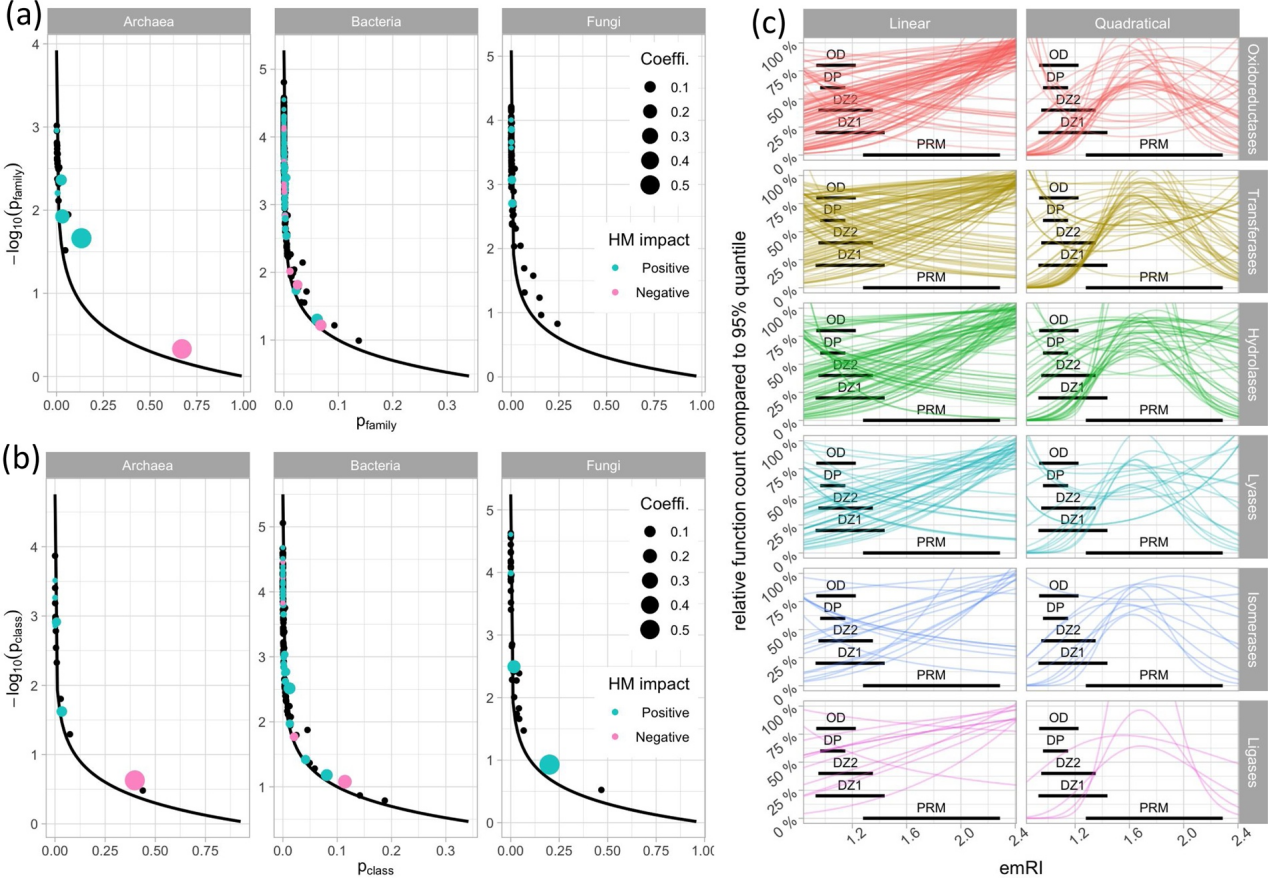Hong H.L., Li J.W., Wang Q., Lu H.L., Liu J.C., Dong Y.W., Zhang J., Li J., Williams M.A., Huang B.Q. and Yan C.L.. 2020. Journal of Hazardous Materials, 400:123164.
River management, both modern and historical, have dramatically modified offshore environments. While numerous studies have described the modern impacts, very few have evaluated the legacies remaining from hundreds of years ago. Herein, we show trace metal enrichment in the surface sediment of the abandoned Yellow River Delta, hypothesized to be associated with ancient river management. Essentially, anthropogenic modification caused the river to shift, creating a 12.4 x 103 km2 area with elevated trace metals; characterized by clear metal deposition gradients. Geographical factors related to the ancient river mouth had the most significant influences on Zn (explained by distance to the river mouth, DTM) and Cd (DTM and sediment salinity), while the sediment absorptive capacity was associated with the reallocation of Cu (clay, silt, and iron), Ni (clay and iron), and Pb (silt and iron). Trace metal legacies showed stronger influences on prokaryotic diversity than on micro-eukaryotic diversity, with the former best described by changes in rare, rather than dominant families and classes, and explainable by an “overlapping micro-niche model”. The ancient river’s legacies provide evidence of longer-term human disturbance over hundreds of years; as its impacts on associated benthic microbiomes have led to lessons for modern-day waterway management of benthic ecosystems.

Figure 1. (a) Rare families and (b) classes, as opposed to dominant ones, determined the microbial diversity under the influence of trace metals. Dots and curves depict the relationship between the mean contribution to the Shannon index (-log10(pi)) and mean relative abundance in Archaea, Bacteria, and Fungi kingdom. Cyan and pink points represent classes that positively or negatively related to the emRI and the size of points represent the trace metal effect as coefficient of GLM. (c) The overlapping relative performance of microbial function, as predicted by PICRUSt2 and normalized using 95% quantiles, might support the increase of prokaryotic diversity. Curves represent significant predictions of functional features. Black bars represent the variation (mean ± SD) of emRI in each region.

